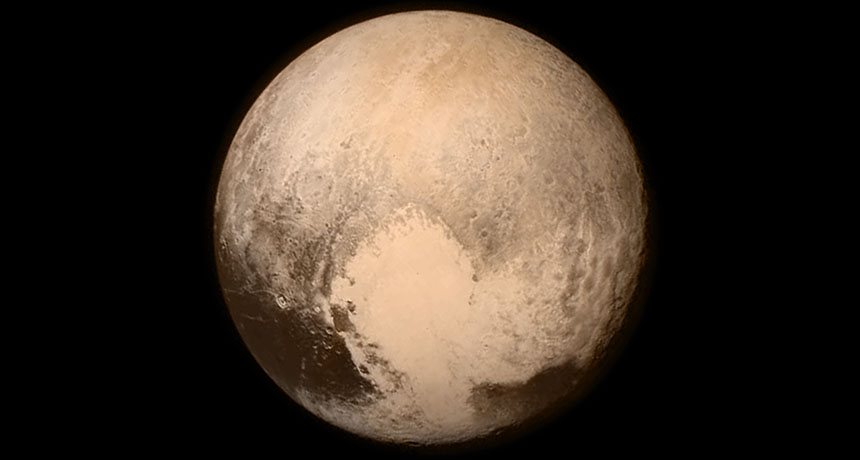Hello, Pluto!
Check out our stories on your favorite dwarf planet — including those from the New Horizons flyby.

Cameras aboard NASA's New Horizons spacecraft snapped super-close-up features of the dwarf planet, like the "heart" seen here. It's being called Tombaugh Regio in honor of the astronomer who discovered Pluto in 1930.
JHUAPL, SWRI, NASA







